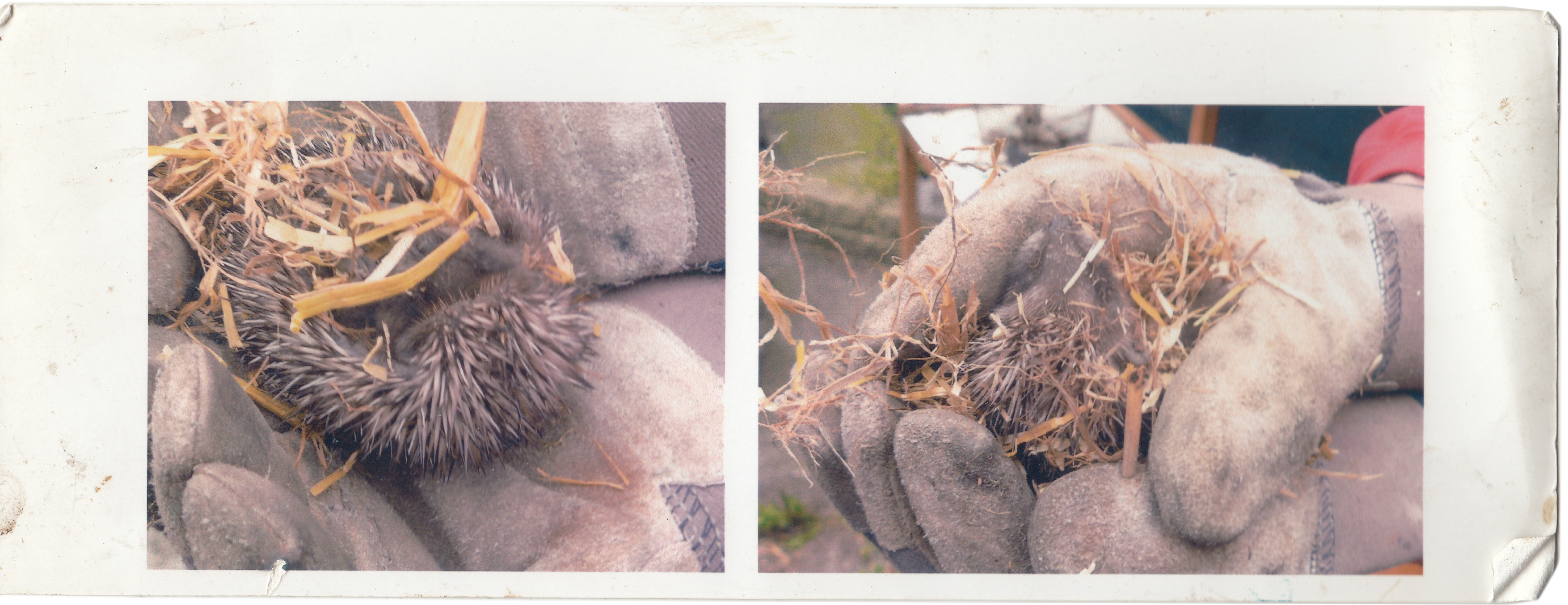 Tree felling can be a positive management technique to increase the health and diversity of woods. In most of the UK, if all agriculture and land management stopped, woodland would take over. It is the UK's climax vegetation, and would renew itself indefinitely with saplings filling the spaces left by the death of mature trees. The woodland would grow and change over timescales of hundreds and thousands of years in response to changing climate and conditions. The canopy would include relatively few species, but many more would exist in glades, edges, wet areas and areas of grassland and thicket within the forest. The vast majority of woodland in the UK is the result of human interactions since the first clearance for settlement and crops by Mesolithic and Neolithic people. Felling is part of a management cycle that creates accelerated and diversified development of woodland, including in small areas like Stave Hill.
Tree felling can be a positive management technique to increase the health and diversity of woods. In most of the UK, if all agriculture and land management stopped, woodland would take over. It is the UK's climax vegetation, and would renew itself indefinitely with saplings filling the spaces left by the death of mature trees. The woodland would grow and change over timescales of hundreds and thousands of years in response to changing climate and conditions. The canopy would include relatively few species, but many more would exist in glades, edges, wet areas and areas of grassland and thicket within the forest. The vast majority of woodland in the UK is the result of human interactions since the first clearance for settlement and crops by Mesolithic and Neolithic people. Felling is part of a management cycle that creates accelerated and diversified development of woodland, including in small areas like Stave Hill.Young hedgehogs, held by Rebeka Clark, c. 2005. From the archive of Stave Hill Ecological Park / Trust for Urban Ecology, archive.org